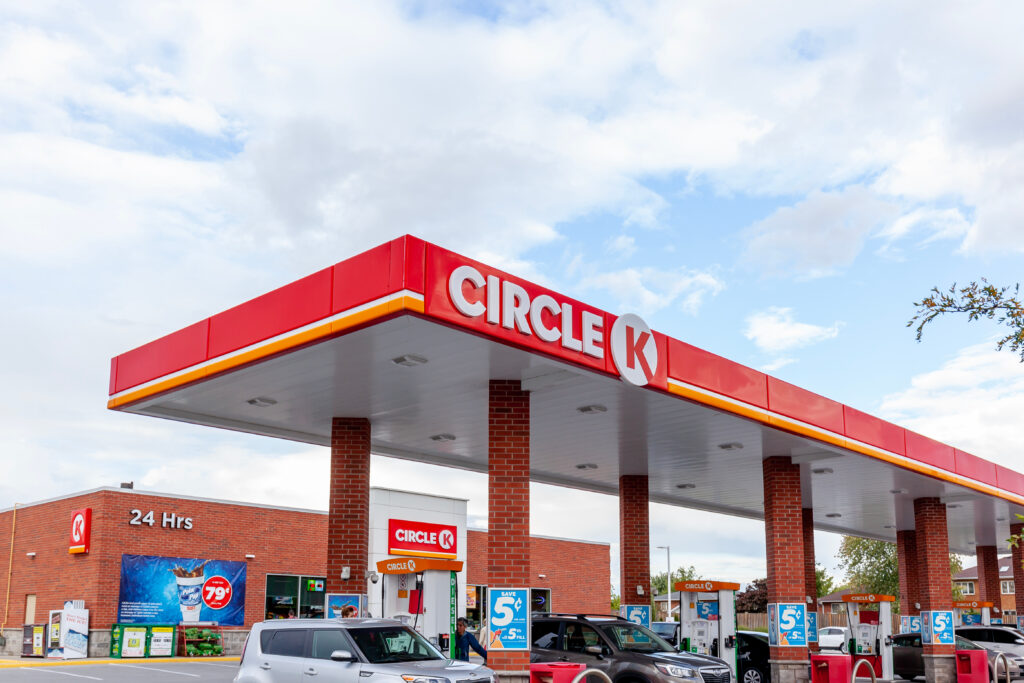1650+
Clients Served
Enterprise asset management is the process of maintaining an organization’s assets, equipment, and facilities. It includes all the tools, services, and processes needed to track assets throughout their lifecycle.
This applies to several specific areas, such as:
This includes tasks and processes like asset lifecycle management (keeping all asset data in one place to better understand asset longevity), work order management (to diagnose problems quickly and assign specific technicians to the right job), labor management (to help manage training and certification of employees in your asset management process), and reporting and analytics (to spot issues before they become bigger problems).
The following article walks through the fundamentals of EAM, outlines why it is important, and provides advice to help you rethink the way you manage your enterprise’s assets.
Maintaining assets is critical for maintaining health and safety initiatives, enforcing compliance rules, reducing operational costs, and ensuring that assets (tools, equipment, products, services, etc.) are put to their best use and last their entire lifecycle. EAM can also help with warehouse management—so organizations know what inventory they have, where it is stored, and so they can easily complete inventory audits.
To put it simply, enterprise asset management matters because it’s what keeps everything—from scheduled maintenance and asset performance tracking to managing asset insights and analyzing key reporting—running smoothly.
EAM helps companies optimize their maintenance processes—from condition-based maintenance to preventive and corrective maintenance. Condition-based maintenance (CBM) is the process of monitoring assets and equipment and then performing maintenance based on the conditions of that equipment. Preventative maintenance is the process of scheduling regular, routine maintenance on equipment based on manufacturer recommendations and your own historical data about that asset. Corrective maintenance consists of any repairs done after a problem has arisen (such as replacing faulty equipment or clogged filter).
Enterprise asset management helps you maintain and track all of these processes, so you can better optimize your maintenance schedules.
Explore why Circle K chose Nuvolo for their maintenance operations.
Read article
Additionally, EAM can help organizations improve their facility condition assessments (FCAs) and create accurate facility condition index (FCI) scores, so they have a better view into the physical condition of each of their facilities–including their building’s age, construction, and the condition of individual spaces and equipment. This enables companies to understand how their facilities are operating and where they might need to invest resources going forward.
It’s impossible to discuss EAM without diving into a related term—computerized maintenance management systems (CMMS). Many people tend to use the terms EAM and CMMS synonymously. While they certainly overlap, they are, in fact, different.
A CMMS is a type of tool or software that focuses on helping to centralize and condense information in one program to help automate maintenance, scheduling, and planning.
CMMS overlaps with asset management because it tackles one aspect of enterprise asset management. Overall, enterprise asset management covers the lifecycle management approach of a company’s entire list of assets—CMMS focuses on certain parts of that.
A CMMS is a type of enterprise asset management tool—but they’re not terms that can be correctly used synonymously.
Although EAM spans nearly every industry, there are certain sectors that focus on it through slightly different lenses. This includes healthcare and manufacturing.
Clinical asset management is used in hospitals and other healthcare settings in order to track, maintain, and manage medical devices. This is critically important, as these devices can have a direct impact on patient health and experience.
Clinical asset management helps HTM departments optimize their maintenance schedules and identify which equipment (such as ventilators, beds, and monitors) are nearing their end of life. It also helps healthcare organizations meet regulations and safety standards, and better ensure patient safety.
Industrial asset management is the process of managing equipment and facilities in industrial and manufacturing settings. This includes production lines, parts, and warehouse equipment. Manufacturing asset management (MAM) helps industrial and manufacturing plants meet environmental and safety regulations, as well as streamline their production processes.
Organizations are increasingly adopting enterprise asset management software in order to help track and manage all of their equipment and assets from one place.
This makes it much easier to visualize all equipment data and see historical trends to forecast potential upcoming costs.
Adopting EAM software is part of a larger asset performance management (APM) strategy, in which organizations implement digital transformation initiatives to help improve the performance of their physical assets and equipment.
Effective EAM software solutions have mobile capabilities, so technicians can update work orders and other data as they go, ensuring better data integrity and reducing the amount of manual, duplicate entry.
Among other things, EAM software helps organizations:
Learn how Nuvolo Connected Workplace can revolutionize and transform the way your company manages and tracks its assets.
Have questions? Our team is here to help. Reach out and contact our support team—whether you want to schedule a personalized demo or are simply looking for more information.
Clients Served
Work Orders per Month
OT Assets Managed
Global Customer Care